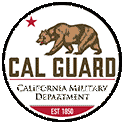California Homeland Response Force proves capabilities during ExEVAL
FEMA Region IX team sails through large scale disaster response validation exercise
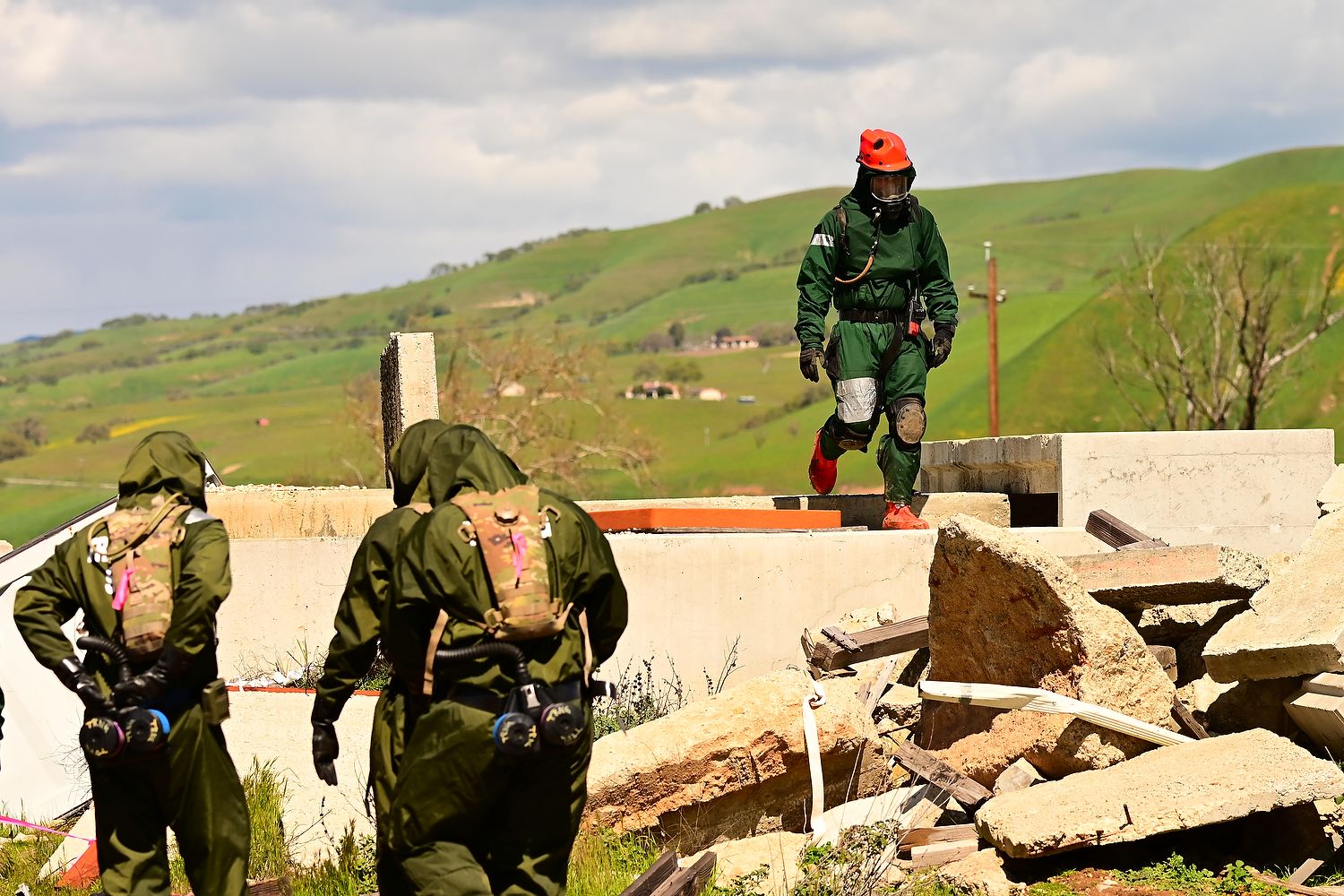
Story and photos by Staff Sgt. Crystal Housman
California National Guard Public Affairs
April 6, 2023
CAMP ROBERTS, Calif. – More than 500 California National Guard Soldiers and Airmen proved their mettle, March 27-31, during the California Homeland Response Force's (HRF) external evaluation exercise at Camp Roberts.
Service members worked 12-hour shifts for a week straight while responding to simulated crisis response missions resulting from a series of notional large-scale chemical, biological, radiological, nuclear or high-yield explosive blasts and detonations impacting cities in Nevada and Arizona, all while being observed and graded on their mission effectiveness by a team from Army Interagency Training & Education Center, National Guard Bureau and First Army.
A combination of deadly California wildfires in 2018, which yielded constructive credit for mission capability, followed by the COVID-19 global pandemic in 2020 through 2022 repeatedly sidelined the HRF's required every-other-year external evaluation (ExEVAL) making this their first evaluated exercise in seven years.
"We missed two rounds of HRF ExEVALs based on real life and the global pandemic," said U.S. Army Col. Eric Sharyer, commander of the California Army National Guard's 49th Military Police Brigade which has command and control responsibility for the HRF. "That’s the longest a HRF has ever gone without an ExEVAL and they [National Guard Bureau leadership] were concerned."
Sharyer said the exercise evaluators were augmented by a leadership team representing the National Guard's Chemical, Biological, Radiological, and Nuclear (CBRN) Response Enterprise, which encompasses all National Guard weapons of mass destruction and CBRN response efforts including smaller-scale always-ready Civil Support Teams and mid-sized CBRN Enhanced Force Packages.
The enterprise also includes ten larger-scale Homeland Response Forces nationwide – including the one Sharyer commands – with one force positioned in each FEMA district to provide a broad range of capabilities at a moment's notice when requested by civil authorities. Each force can deploy to conduct command and control and work alongside first responders in casualty assistance, search and extraction, decontamination and medical triage and stabilization.
Over the course of five days, the evaluators and National Guard leadership team watched the HRF work through scenarios and injected challenges testing responses from service members in the field and in the command post.
The HRF built on lessons learned from a internally organized and ungraded exercise in January to prepare for the week, Sharyer said.
"We had a very aggressive glide path to get here with multiple staff exercises, and then we had a collective training event in January where I brought the evaluators out because I wanted to get a true azimuth of where we were at," Sharyer said.
The training paid off for Spc. Roxana Laub, from the brigade's 40th Military Police Company based in Los Alamitos.
"We have been blessed and fortunate to have some of the best training in the last three years with making sure we’re fully prepared for any sort of chemical warfare, weapons of mass destruction incident," Laub said in the field near an elaborate rubble pile where fellow service members were conducting fatality search and extraction, while others conducted medical evaluations and decontamination of role players.
For the graded exercise, the team made some adjustments based on January's experience. They moved their plans cell into the early entry command post to improve planners' situational awareness and data.
"We revamped our whole process on how we plan for an OPORD [operations order]," Sharyer said. "We put our plans cell with our early entry command post to build a better plan because they have more information than the rear."
"That proved to be the key component of our success," he said.
For the March iteration, evaluators spent one day observing the force and two days providing feedback and training, as needed. The week culminated with a 36-hour graded external evaluation based on the team's response to a simulated 10-kiloton nuclear detonation in Arizona.
"Our day one here was not bad; it was pretty good. So we made some tweaks. Day two, we made some tweaks. Day three, we made some tweaks," Sharyer said. "So on day four of the exercise which is day one of the ExEVAL, I was very confident going in."
At 4 p.m. Friday, after a day and a half spent responding to simulated calamity after calamity, the command post erupted in cheers as exercise controllers called "EndEx" and officially ended the simulation.
"Every one of you have put in a lot of time and a lot of hard work," said Capt. Levi Bragg, a command post evaluator from the Army Interagency Training & Education Center when addressing service members in the command post as the exercise concluded.
"Whether your community knows it or not, they are safer for your sacrifice," Bragg said. "May they never need your service."
Coming off the evaluation, Sharyer believes his team is currently the best trained HRF in the nation and is ready to respond when called.
"We stand ready to protect the citizens of California and the citizens of the United States in any CBRN event," he said. "We're trained well, equipped well and this evaluation is the proof of that."
California's Homeland Response Force is a regionally-oriented joint task force hosted by the California National Guard to support incidents in FEMA Region IX which includes Arizona, California, Hawaii, Nevada, Guam, American Samoa, the Commonwealth of Northern Mariana Islands, Republic of Marshall Islands, the Federated States of Micronesia, and 150 tribal nations.
Editor's note: An interview by Spc. Devon Gasparini contributed to this report.
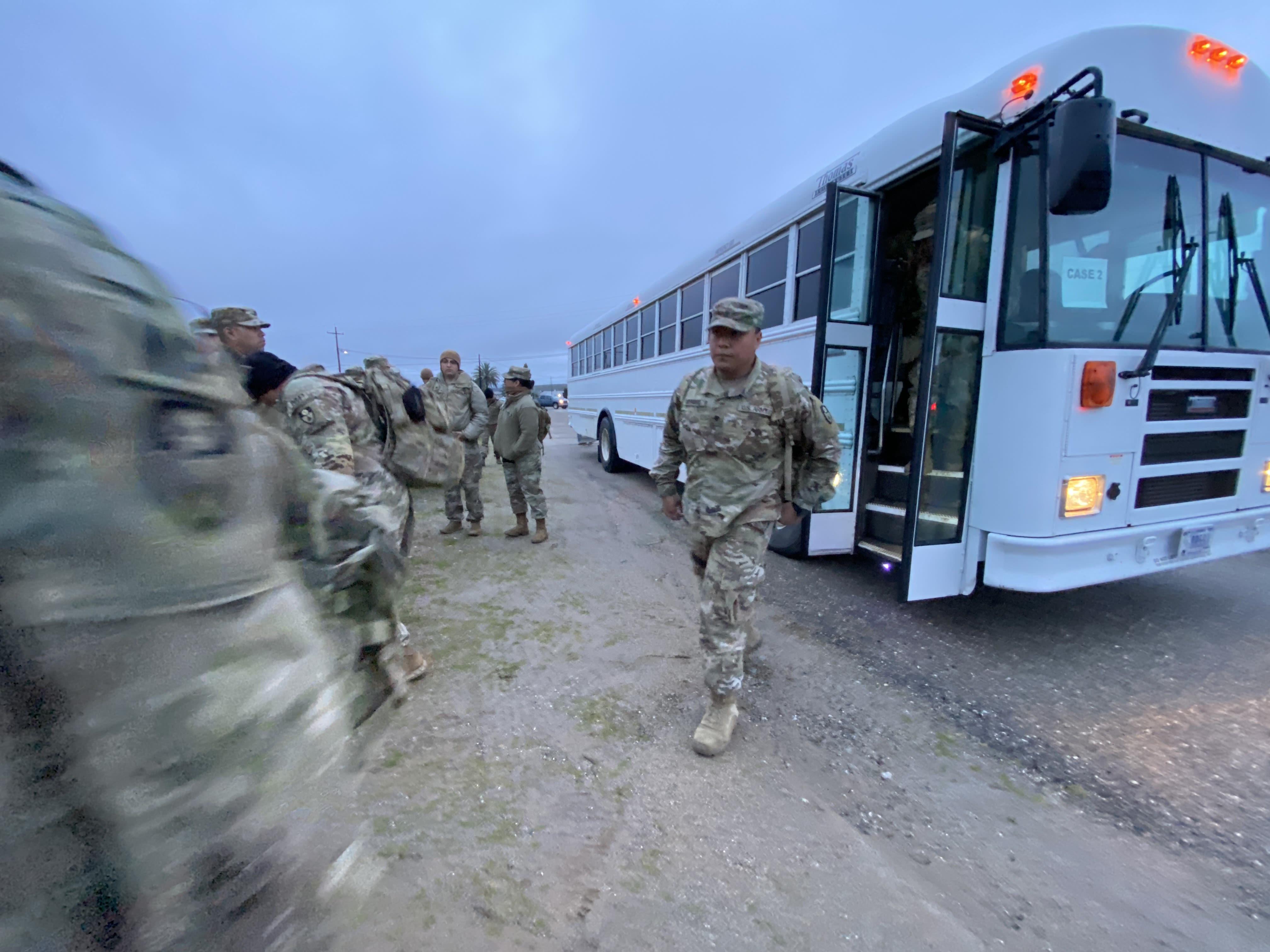
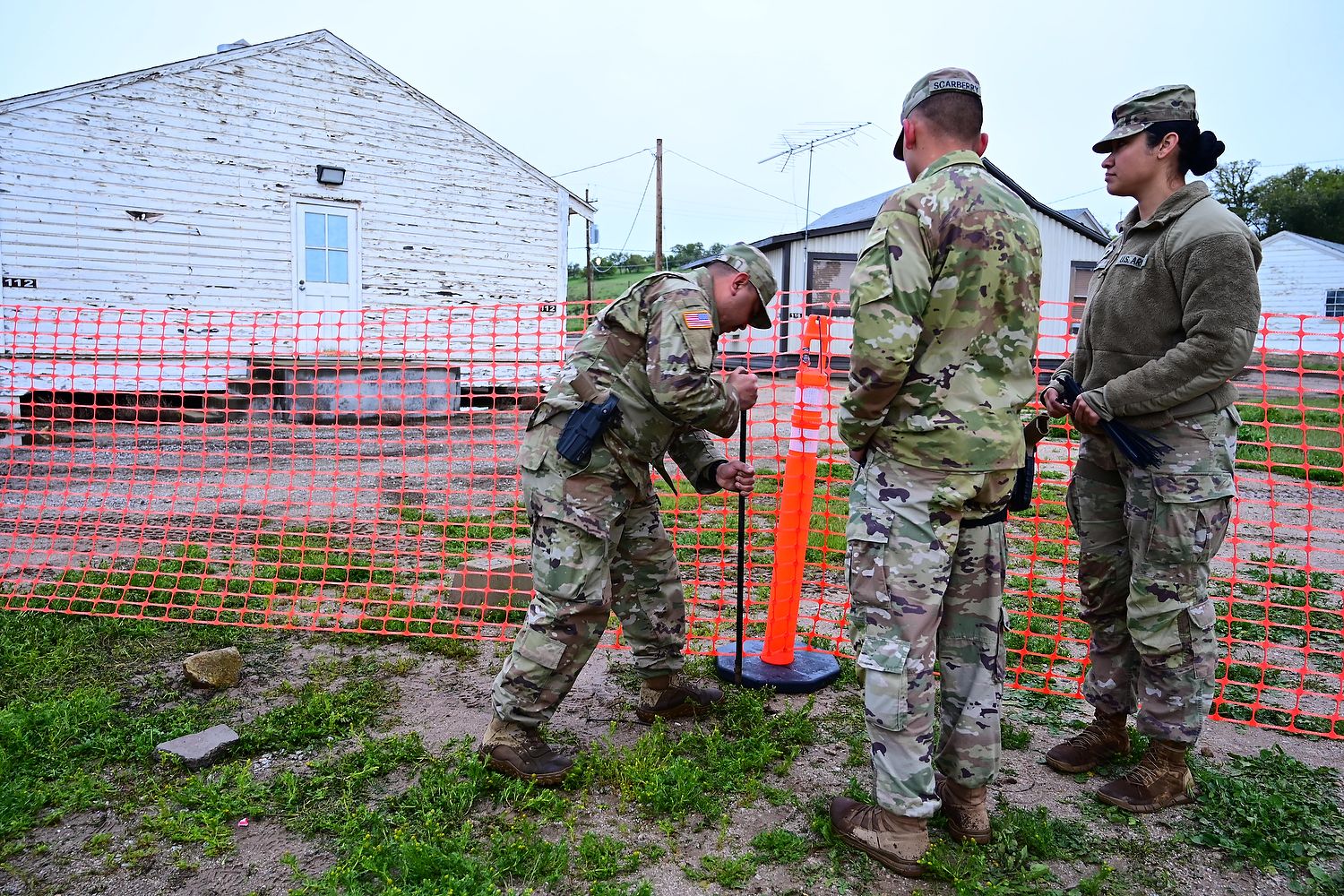
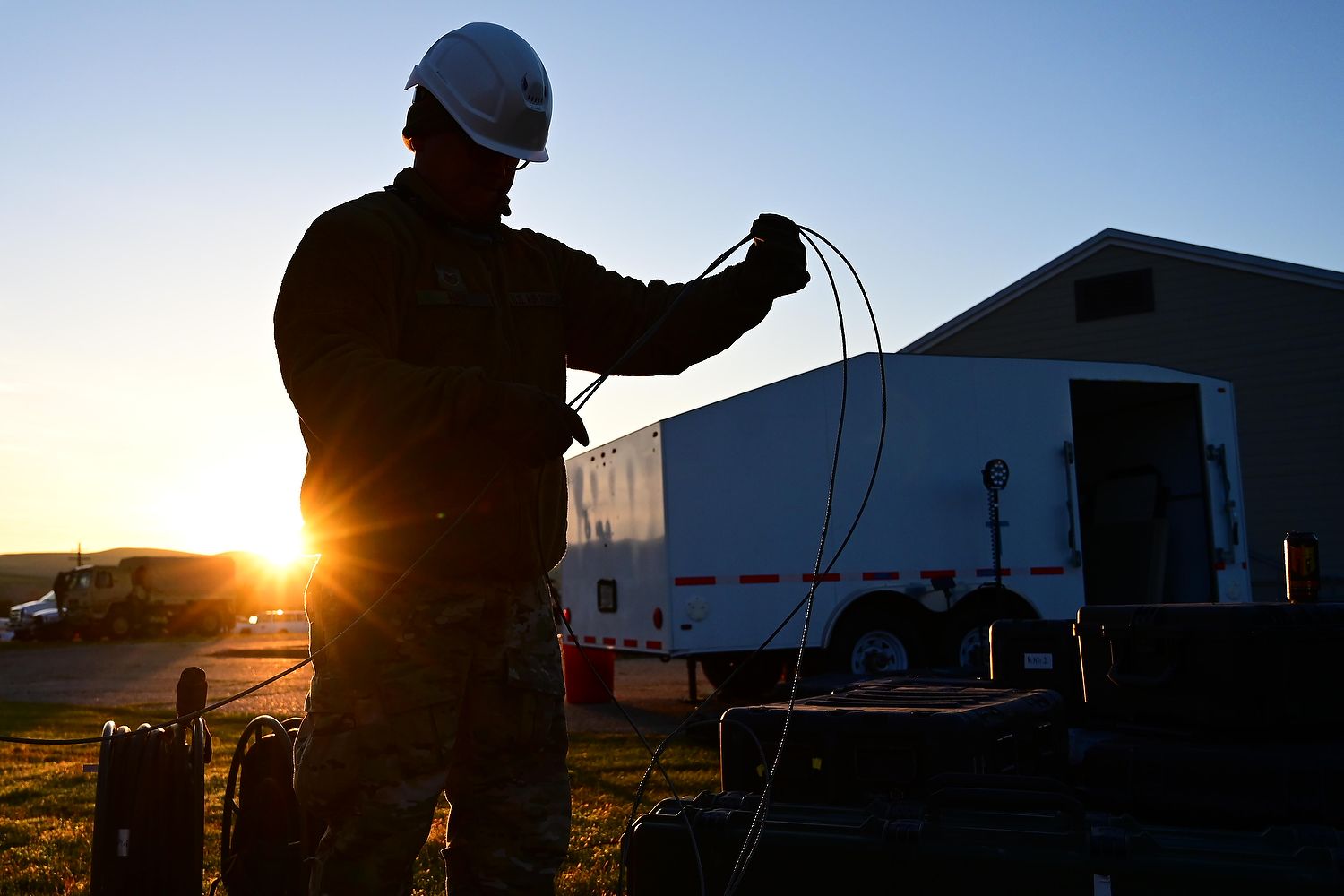
U.S. Air Force Tech. Sgt. Minsuk Kim, a client systems technician with the 129th Communications Flight, 129th Rescue Wing, California Air National Guard, sets up a Joint Incident Site Communications Capability at sunrise, March 27, behind the Homeland Response Force command post building.
U.S. Air Force Tech. Sgt. Minsuk Kim, a client systems technician with the 129th Communications Flight, 129th Rescue Wing, California Air National Guard, sets up a Joint Incident Site Communications Capability at sunrise, March 27, behind the Homeland Response Force command post building.
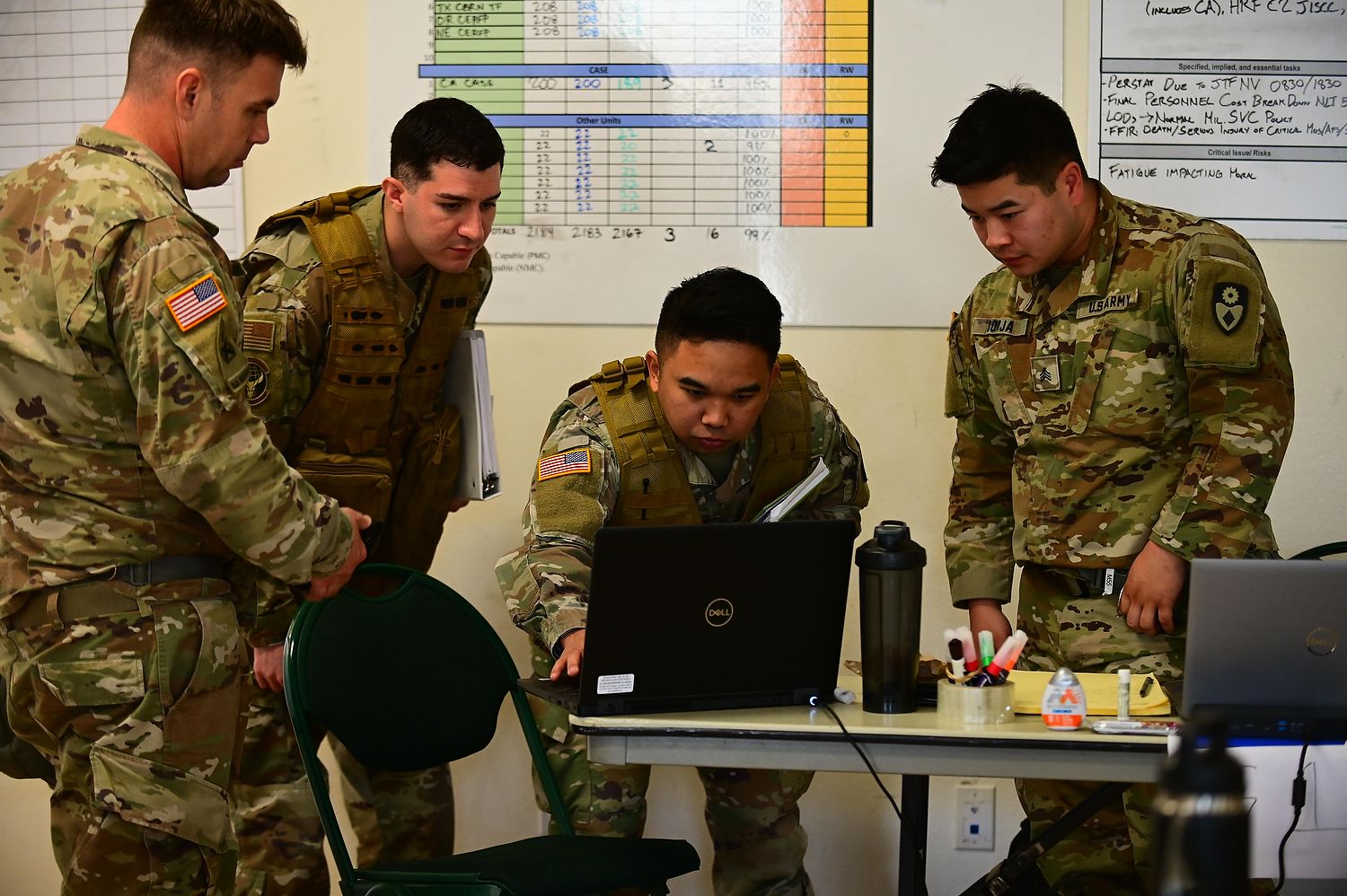
“Whether your community knows it or not, they are safer for your sacrifice.”
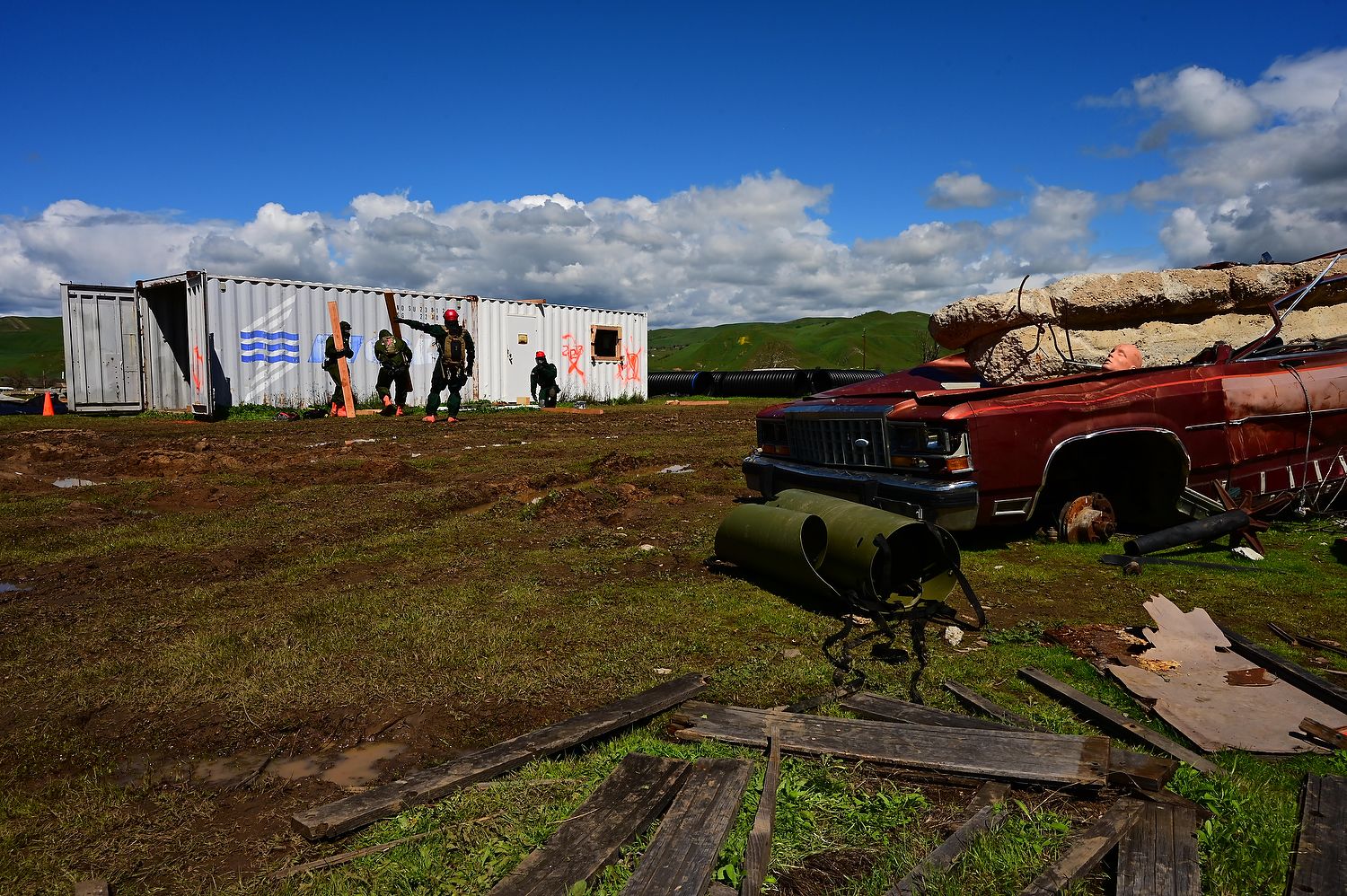
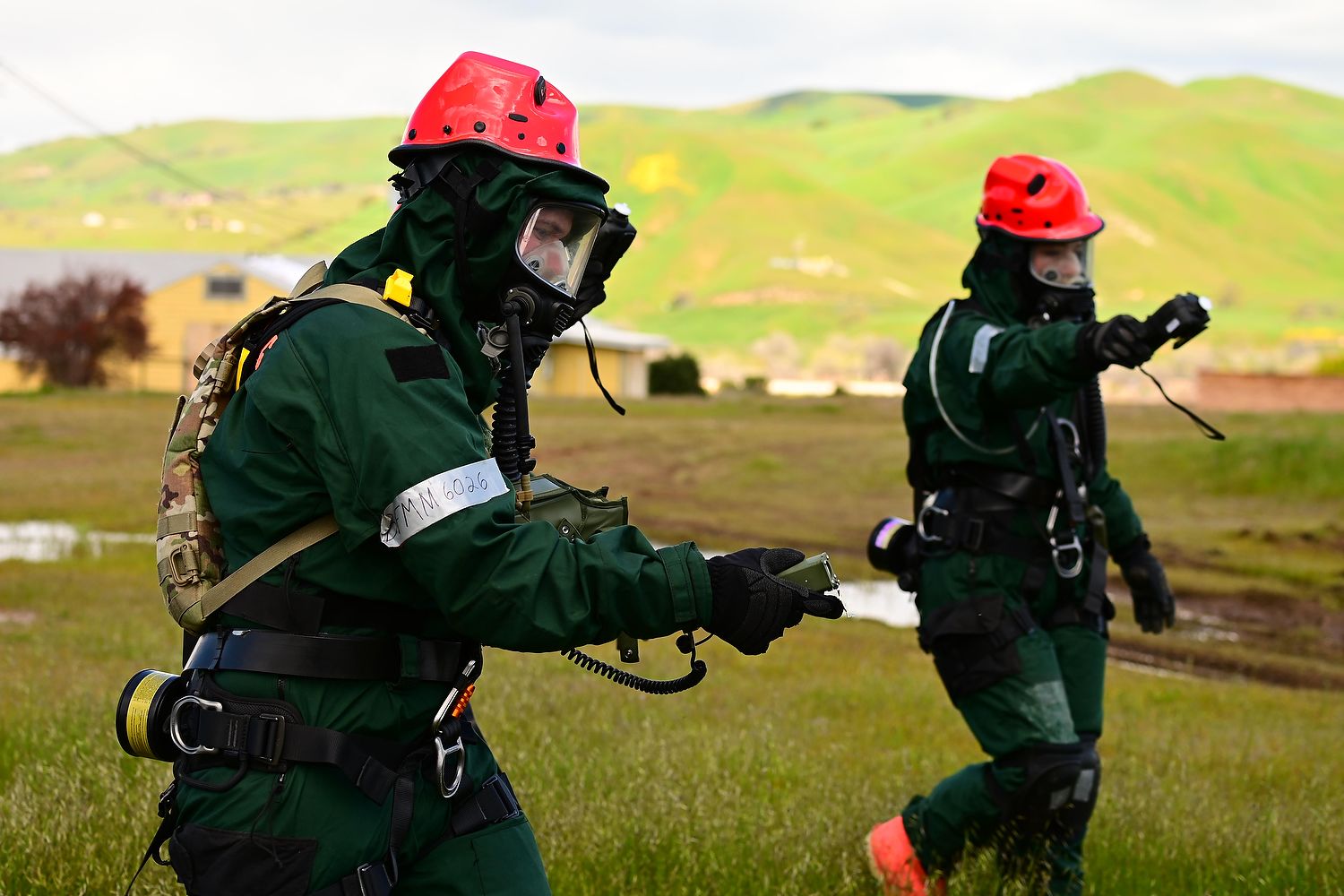
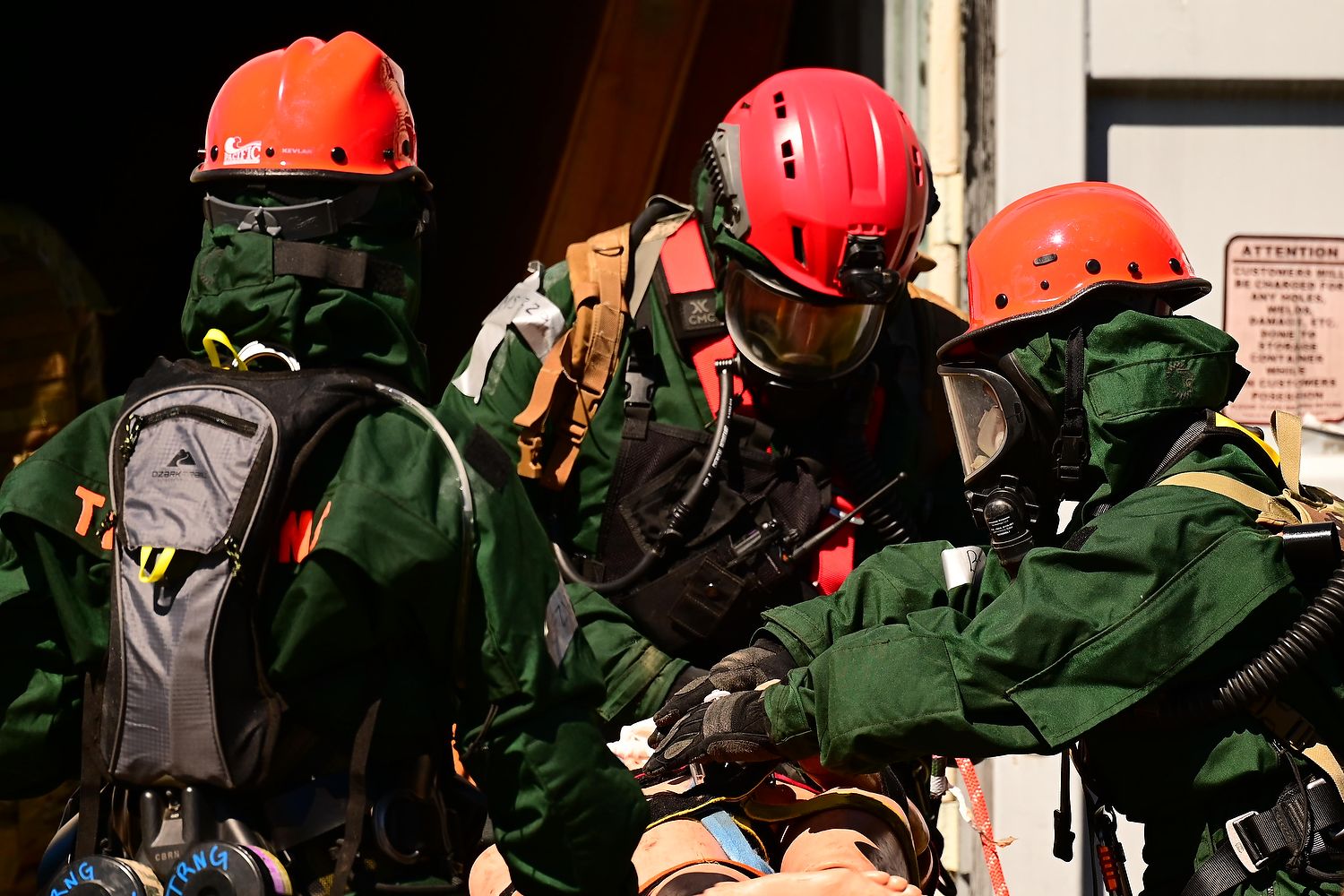
Search and extraction team members including U.S. Air Force Tech. Sgt. Samuel Marchini, center, of the 144th Medical Detachment, 144th Fighter Wing, California Air National Guard, and Spc. Karen Noyes, right, a heavy equipment construction mechanic with the 649th Engineer Company, 49th Military Police Brigade, California Army National Guard, place a mannequin on a litter and begin to evaluate the simulated patient's injuries after pulling the victim out of a collapsed building, March 30.
Search and extraction team members including U.S. Air Force Tech. Sgt. Samuel Marchini, center, of the 144th Medical Detachment, 144th Fighter Wing, California Air National Guard, and Spc. Karen Noyes, right, a heavy equipment construction mechanic with the 649th Engineer Company, 49th Military Police Brigade, California Army National Guard, place a mannequin on a litter and begin to evaluate the simulated patient's injuries after pulling the victim out of a collapsed building, March 30.
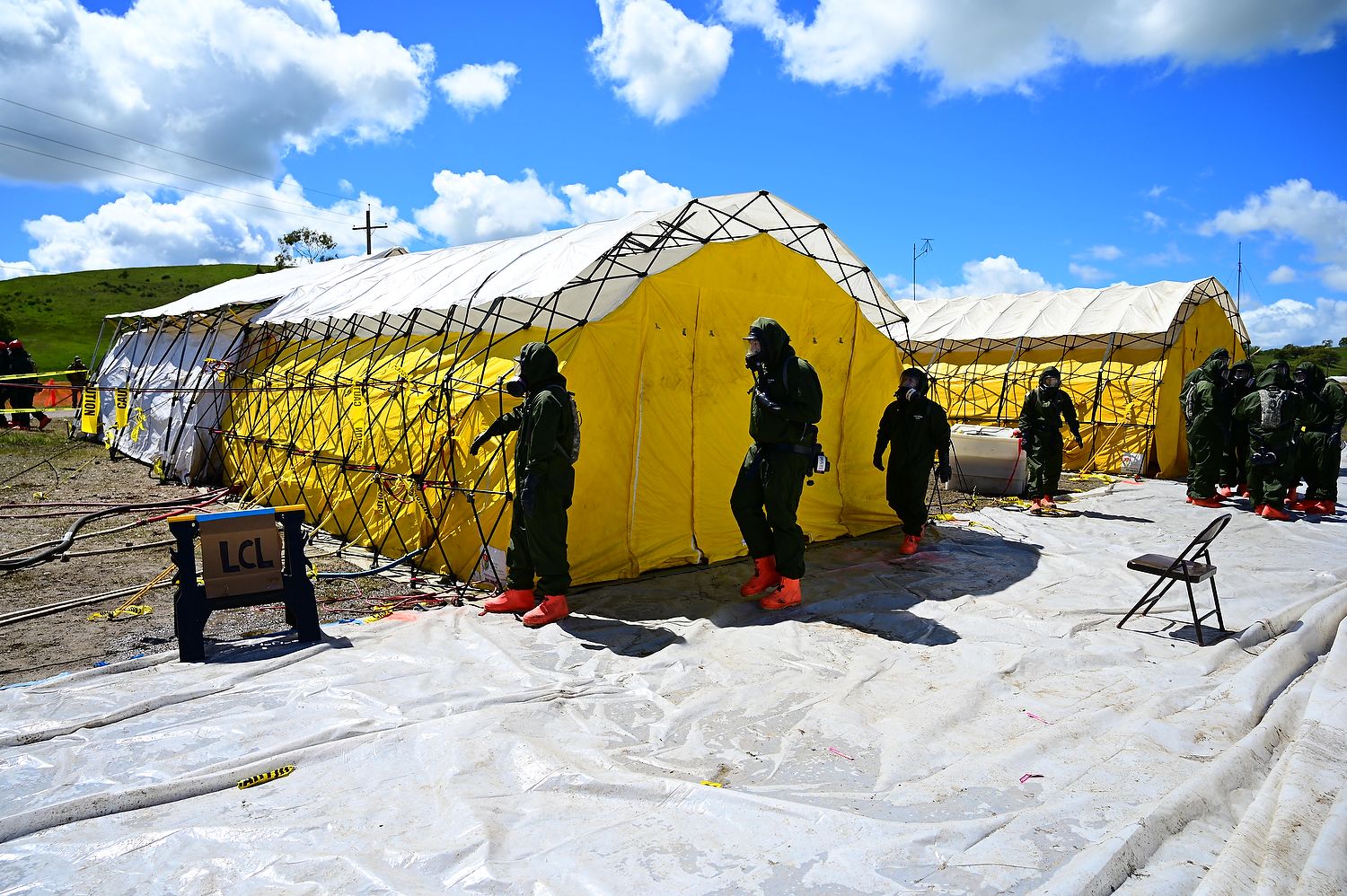
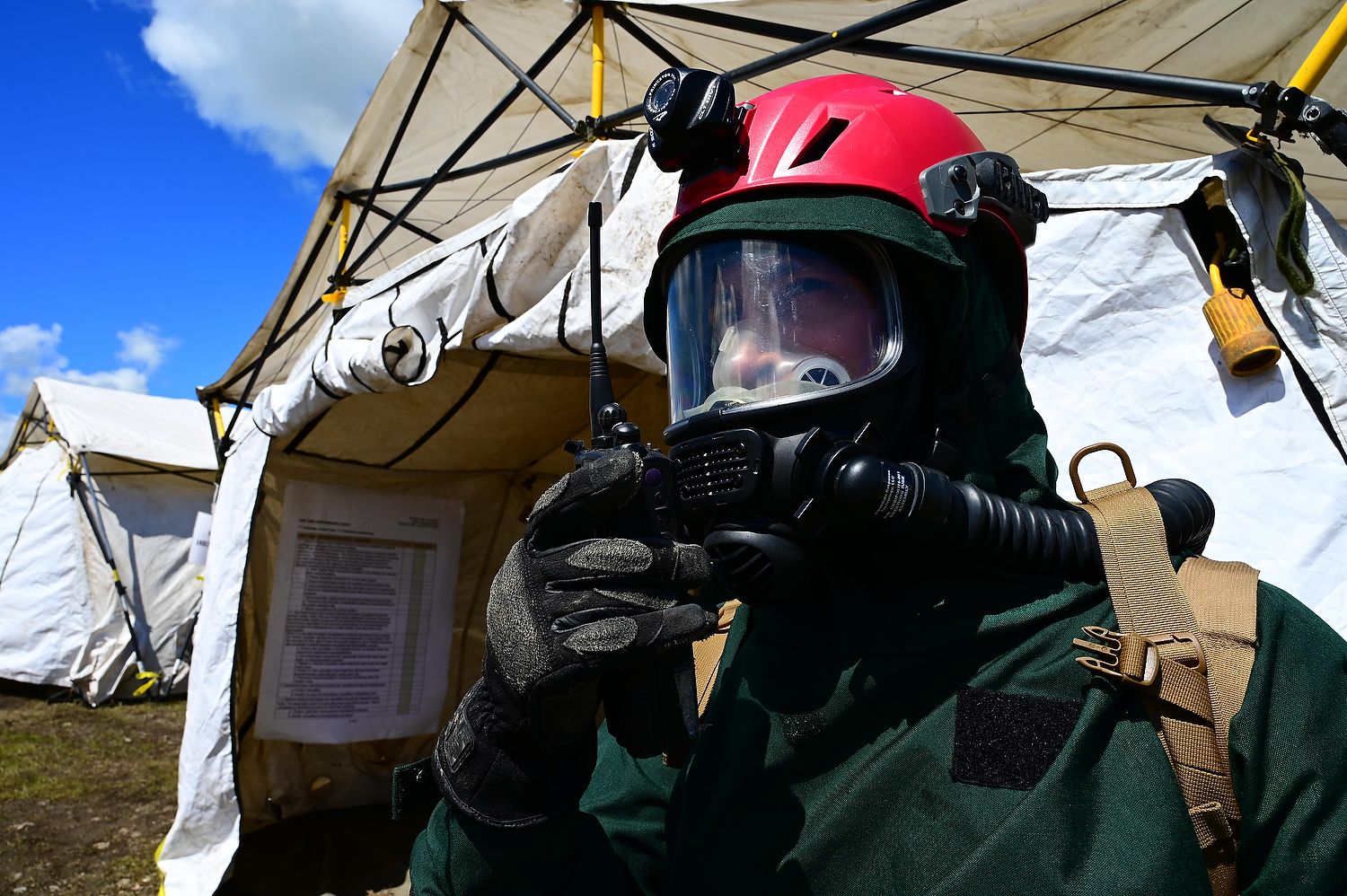
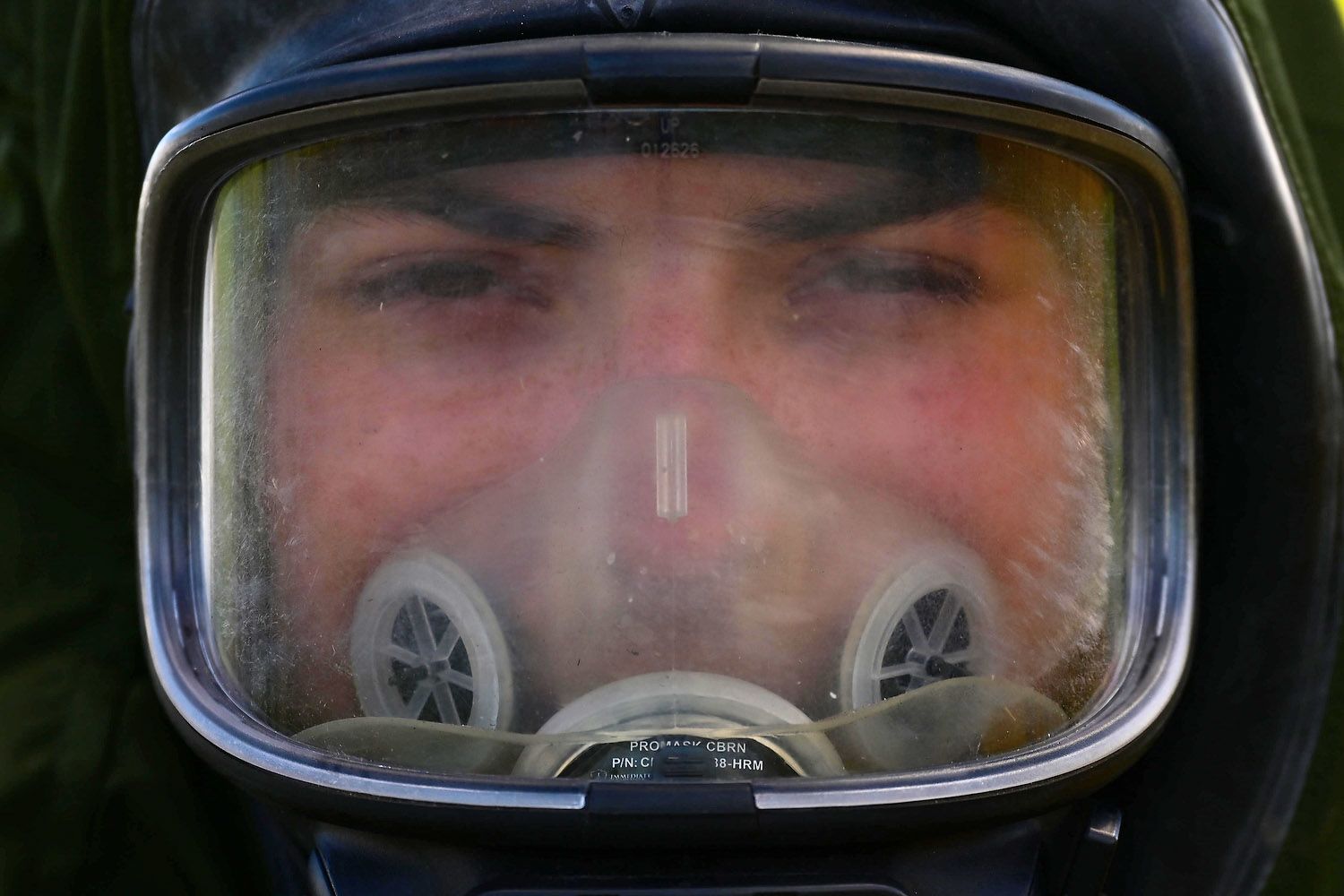
U.S. Army Spc. Michael Watson, a chemical, biological, radiological and nuclear specialist from the 149th Chemical Company, 49th Military Police Brigade, is photographed while waiting to transport simulated victims of a fake explosion during the exercise, March 30.
U.S. Army Spc. Michael Watson, a chemical, biological, radiological and nuclear specialist from the 149th Chemical Company, 49th Military Police Brigade, is photographed while waiting to transport simulated victims of a fake explosion during the exercise, March 30.

